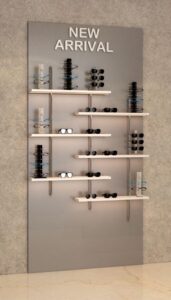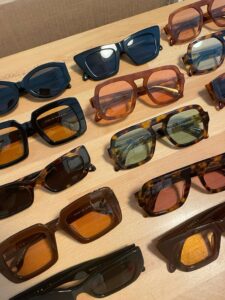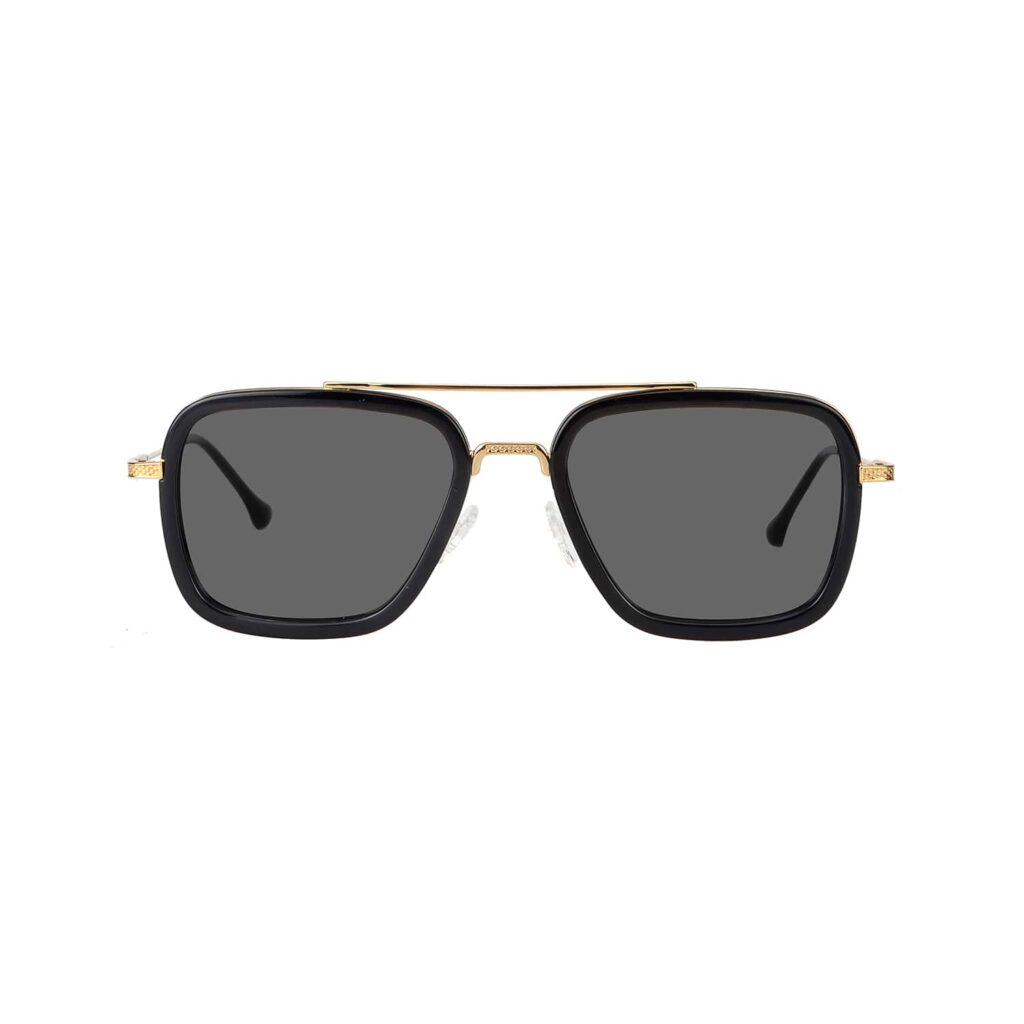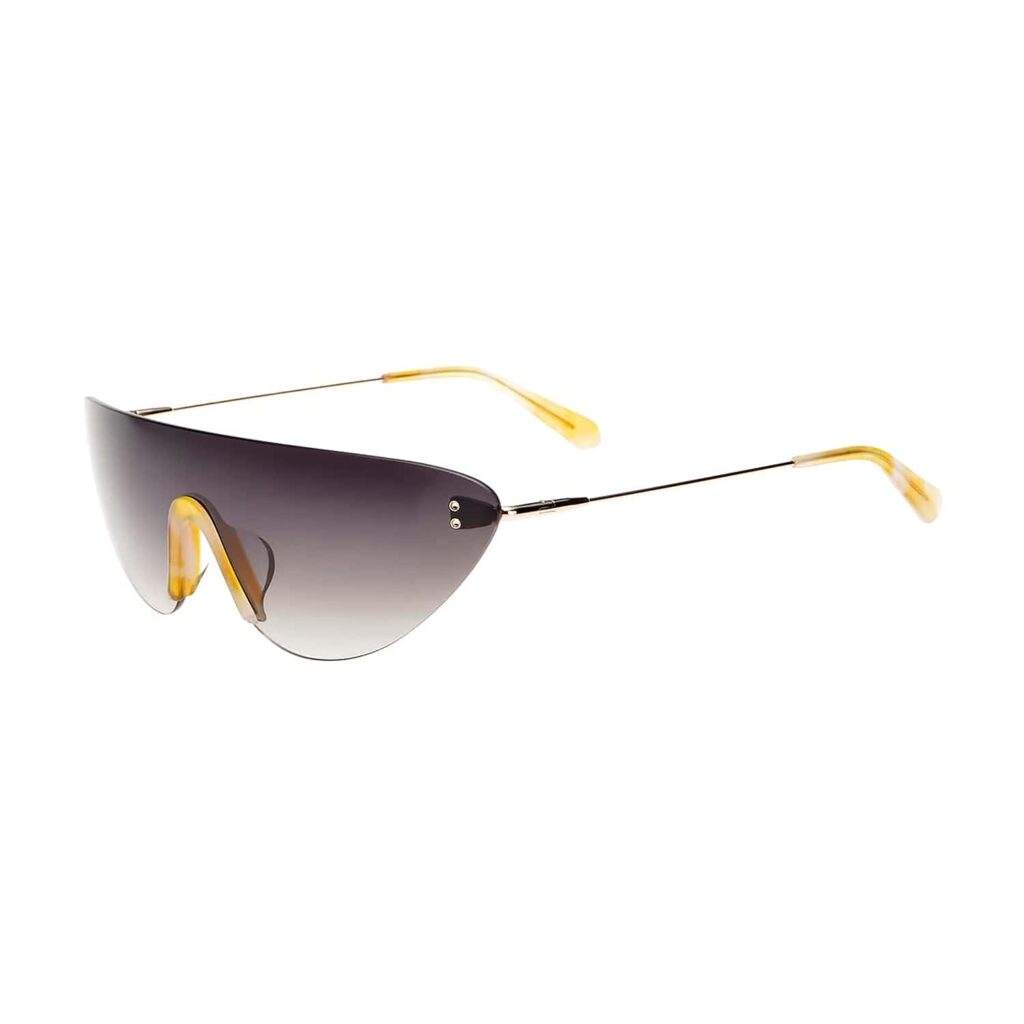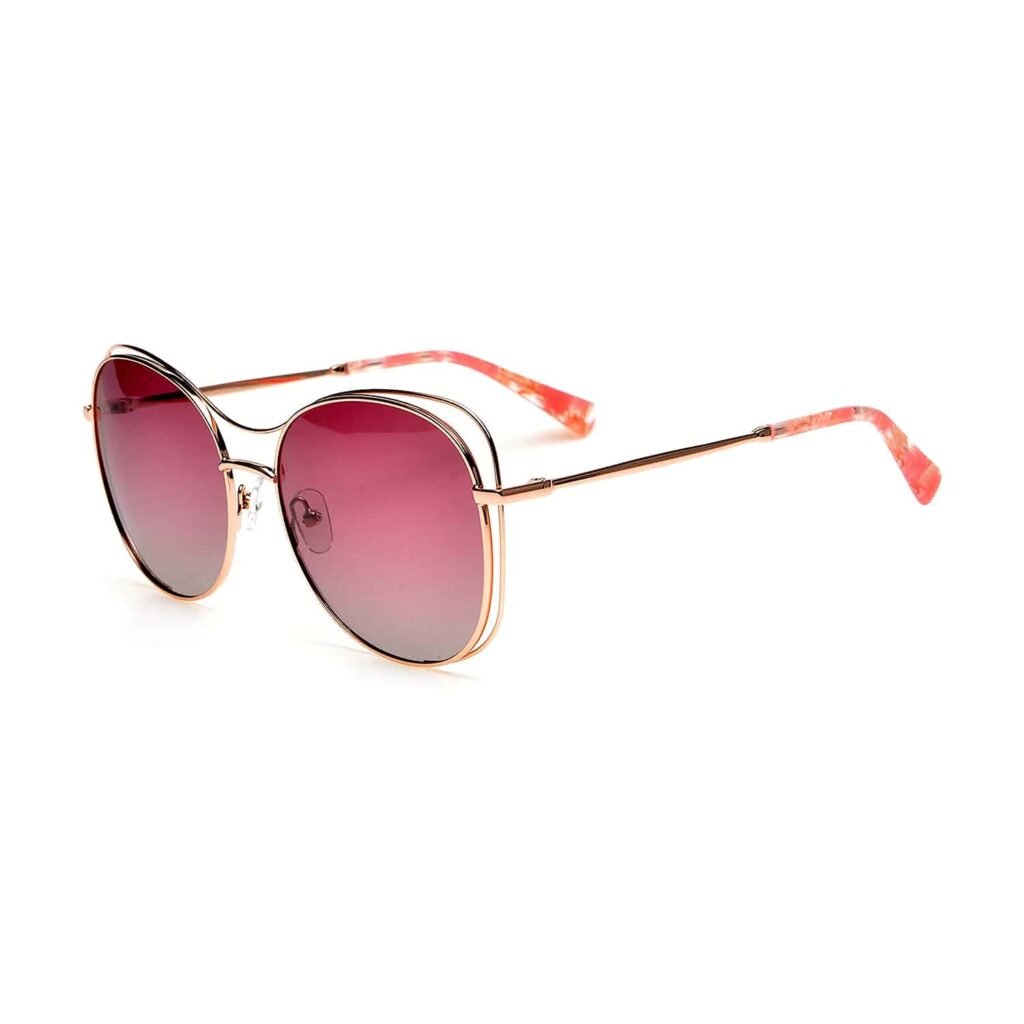Introduction
Finding the perfect fit in glasses is essential for both comfort and visual clarity. In this comprehensive guide, we will explore the world of glasses manufacturing, custom production, and provide valuable insights into finding the ideal fit for your eyewear needs. Whether you’re looking for designer sunglasses or optical glasses, understanding the manufacturing process and customization options will help you make an informed decision.
Understanding Glasses Manufacturer and Custom Production
Glasses manufacturing involves a meticulous process that combines innovative techniques and quality materials. From the initial design phase to the finishing touches, each step contributes to the creation of high-quality eyewear products . Custom production takes this process a step further by allowing individuals to personalize their glasses according to their specific preferences and needs. Let’s dive into the details of glasses manufacturing and custom production.
Process of Manufacturing Sunglasses and Optical Glasses
The journey of a pair of glasses starts with ideas and design. Eyewear companies brainstorm concepts and create unique designs that cater to different fashion trends and customer preferences. Once the design is finalized, prototyping begins. This involves creating samples to test functionality, style, and comfort.
The material selection stage is crucial as it determines the durability, flexibility, and aesthetics of the frames. Glasses can be made from various materials, such as acetate, metal, or a combination of both. Different colors and finishes are also considered during this stage to offer a wide range of options to consumers.
After finalizing the design, materials, and colors, the manufacturing process begins. Skilled craftsmen use specialized machinery and techniques to shape the frames, attach hinges, and create the desired structure. Each pair of glasses goes through quality control measures to ensure they meet industry standards and customer expectations.
Common Materials and Colors Used in Glasses Manufacturer
The choice of materials in glasses manufacturing plays a significant role in the quality and durability of the eyewear. Acetate, a type of plastic, is a popular material used for frames due to its versatility and ability to hold vibrant colors. Metal frames, such as titanium or stainless steel, offer a sleek and lightweight option for those seeking a more minimalist look.
When it comes to colors, glasses manufacturers offer a wide range of choices to suit different styles and preferences. From classic black and tortoise patterns to bold and vibrant hues, the color options are virtually endless. Some manufacturers even offer customizable color options, allowing customers to create truly unique eyewear.
Differences Between Sunglasses and Optical Glasses Manufacturing
While the manufacturing process for sunglasses and optical glasses is similar, there are a few key differences to consider. Sunglasses often require specialized lenses with UV protection to shield the eyes from harmful sun rays. Optical glasses, on the other hand, are primarily focused on providing accurate vision correction, requiring lenses tailored to individual prescriptions.
Additionally, fashion and design play a larger role in sunglasses manufacturing, with emphasis on various lens shapes, frame styles, and trendy aesthetics. Optical glasses, although still incorporating style, prioritize functionality and comfort to meet the specific vision needs of individuals.
Stay tuned for the next sections where we’ll discuss the factors to consider for the perfect fit and the location of major glasses manufacturers.
Factors to Consider for the Perfect Fit At Glasses Manufacturer
When it comes to finding the perfect fit for your glasses, several factors should be taken into consideration to ensure both comfort and optimal vision. Let’s explore these factors in detail:
Temple Length
The temple length refers to the arms of the glasses that extend from the frame to the back of your ears. It is crucial to choose glasses with an appropriate temple length to ensure a secure and comfortable fit. Glasses with temples that are too short may cause discomfort or pressure behind the ears, while those with temples that are too long can slip down your nose.
To determine the ideal temple length for you, measure the distance from the hinge of the glasses to the back of your ear. This measurement should be taken into account when selecting glasses to ensure a proper fit.
Frame Width
The frame width plays a significant role in the overall fit and proportion of your glasses. It should align with the width of your face to create a harmonious and balanced look. Frames that are too wide can overwhelm your facial features, while frames that are too narrow may appear cramped and uncomfortable.
To find the right frame width, measure the distance between the outer edges of your temples. This measurement will give you a baseline for selecting glasses that suit your face shape and provide a comfortable fit.
Lens Width and Height
The lens width and height are essential factors in determining the coverage and visual clarity of your glasses. The lens width refers to the horizontal measurement of the lenses, while the lens height measures the vertical distance from the top to the bottom of the lenses.
When choosing glasses, consider your prescription requirements and personal preferences for lens size. Larger lenses provide a wider field of vision, while smaller lenses can offer a more compact and minimalist look.
Bridge Width
The bridge width refers to the distance between the lenses and plays a crucial role in ensuring a comfortable fit on the nose. It should rest comfortably on the bridge of your nose without causing any pressure or discomfort.
To determine the appropriate bridge width, measure the distance between the two lenses at the widest point. This measurement will help you select glasses that sit securely and comfortably on your nose.
By considering these factors, you can find glasses that provide a perfect fit, ensuring comfort and visual clarity. In the next section, we will explore where most glasses are manufactured and the factors influencing these locations.
Glasses Manufacturers: Where Are Most Glasses Manufactured?
When it comes to glasses manufacturing, different countries and regions have established themselves as major players in the industry. Let’s take a closer look at some of the prominent locations for glasses manufacturing and the factors that influence these choices.
Italy: The Hub of Luxury Eyewear Companies In The World
Italy has long been recognized as a leader in the luxury eyewear industry. Renowned brands such as Gucci and Maui Jim produce their high-end sunglasses and optical glasses in Italy. The country is known for its craftsmanship, attention to detail, and innovative designs. Italian eyewear manufacturers often combine traditional techniques with modern technology to create exquisite and fashionable eyewear.
China: The Manufacturing Powerhouse
China has emerged as a global manufacturing powerhouse, including the production of eyewear. Many eyewear brands, both luxury and affordable, have their glasses manufactured in China due to its vast manufacturing capabilities and cost-effective production processes. The country offers a wide range of eyewear manufacturers, from smaller factories catering to niche markets to larger manufacturers serving global brands.
United States: Home to Top Sunglasses Manufacturers
The United States is home to several top sunglasses manufacturers, producing both fashion-forward and performance-oriented eyewear. American sunglass manufacturers prioritize quality, innovation, and cutting-edge lens technology. Many of these manufacturers have built a strong reputation for their unique designs, durability, and lens quality, making them highly sought after by consumers worldwide.
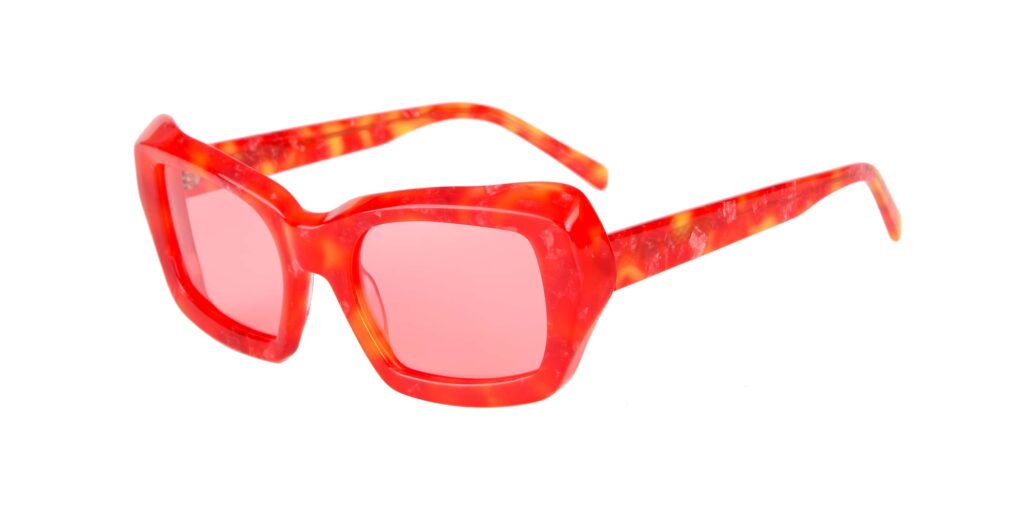
Global Eyewear Industry Production and Distribution
While these locations are noteworthy in the glasses manufacturing industry, it’s important to note that eyewear production and distribution have a global reach. Companies often have complex supply chains that involve sourcing materials from different countries, manufacturing components in one location, and final assembly in another. The global eyewear market relies on a network of manufacturers, suppliers, and distributors to meet the demand for glasses worldwide.
Factors Influencing Manufacturing Locations Several factors influence the choice of manufacturing locations for glasses:
-
- Cost of Production: Manufacturers consider labor costs, raw material availability, and infrastructure when establishing manufacturing facilities. Countries with lower production costs often attract manufacturers looking to optimize their operations.
-
- Expertise and Craftsmanship: Some countries have a long-standing tradition of craftsmanship and expertise in the eyewear industry. Manufacturers may choose to establish production facilities in these locations to benefit from the skilled workforce and quality craftsmanship.
-
- Market Access: Proximity to key markets and supply chain efficiency play a role in determining manufacturing locations. Manufacturers prefer locations that offer ease of distribution and access to their target markets.
-
- Regulatory Environment: Manufacturers consider the regulatory environment of a country, including labor laws, safety regulations, and intellectual property protection, when deciding on manufacturing locations.
By understanding the manufacturing landscape and the factors influencing these choices, consumers can make informed decisions about the origin of their glasses. In the next section, we will explore customization options available for eyewear.
Customization Options for Eyewear Brand
Customization is a key aspect of the eyewear industry, allowing individuals to personalize their glasses according to their unique preferences and needs. Whether it’s selecting frame materials, lens options, or design elements, customization adds a personal touch to eyewear. Let’s explore the various customization options available for eyewear.
Personalized Design Choices
When it comes to customization, individuals have the opportunity to choose from a wide range of design choices. This includes selecting different frame shapes, styles, and colors that best suit their personal taste and style preferences. Whether you prefer a classic and sophisticated look or a bold and trendy design, there are customization options available to cater to your unique style.
Custom Frame Materials and Colors
Eyewear manufacturers offer a variety of frame materials to choose from, each with its own unique characteristics. Materials like acetate, metal, wood, and even recycled materials provide options for those looking for specific features and sustainability. Custom frame materials can provide added comfort, durability, and a distinctive aesthetic appeal.
In addition to frame materials, customization options for frame colors allow individuals to create eyewear that truly reflects their personality. From vibrant and bold colors to more subtle and understated tones, the choice of frame colors adds another layer of personalization to the eyewear.
Lens Customization for Prescriptions and Preferences
For those requiring vision correction, lens customization is an essential aspect of eyewear customization. Prescription lenses are tailored to individual vision needs, taking into account factors such as nearsightedness, farsightedness, astigmatism, and more. By providing accurate prescription information, individuals can ensure their glasses provide optimal visual clarity.
Beyond prescription customization, lens options such as anti-glare coatings, blue light filters, and UV protection can be added to enhance comfort and protect the eyes from harmful rays and digital eye strain. Lens customization allows individuals to address specific vision concerns and lifestyle preferences.
Importance of Finding a Manufacturer That Offers Customization
When searching for the perfect pair of customized glasses, it’s crucial to find a reputable manufacturer that offers a wide range of customization options. Look for manufacturers that have a strong track record in delivering high-quality customized eyewear and have the expertise to fulfill your unique requirements.
Customization not only allows individuals to express their personal style but also ensures a comfortable fit and optimal visual performance. By choosing a manufacturer that prioritizes customization, you can have confidence in the quality and craftsmanship of your customized eyewear.
In the next section, we will delve into the story behind every pair of glasses, from design concepts to the manufacturing process.
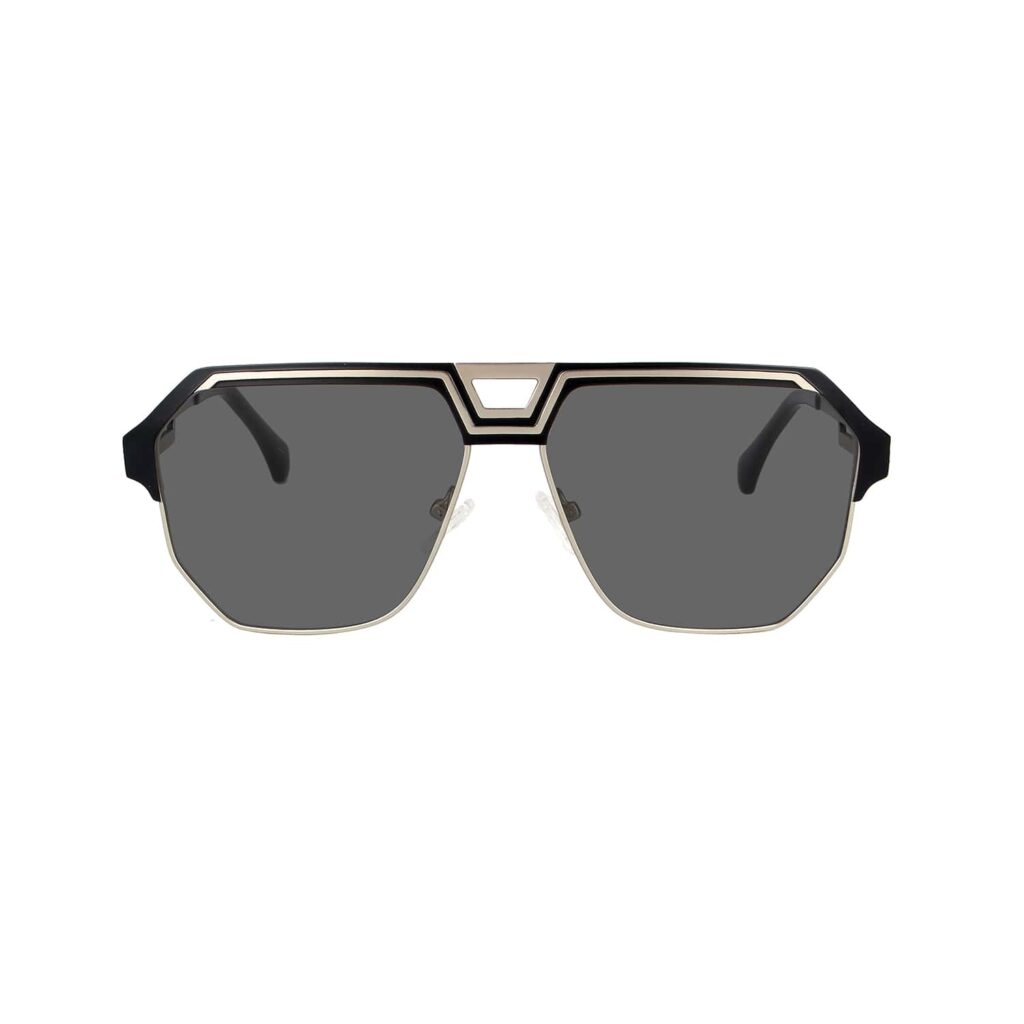
The Story Behind Every Pair of Glasses
The journey of creating a pair of glasses is a fascinating one that involves multiple stages, each contributing to the final product’s unique design, functionality, and comfort.
Ideas and Design Process
Ideas and Design Process Behind every pair of glasses lies a creative and innovative ideas phase. Glasses designers draw inspiration from various sources, such as fashion trends, customer preferences, and technological advancements. They brainstorm and sketch different frame designs, exploring shapes, materials, and colors to create visually appealing and stylish eyewear.
Prototyping and Testing
Prototyping and Testing for Functionality and Style Once the initial design concepts are established, the next step is prototyping. Manufacturers create physical models of the glasses to test their functionality, fit, and overall style. This stage involves meticulous adjustments to ensure the frames are comfortable, lightweight, and suitable for different face shapes. Through rigorous testing, manufacturers refine the design to ensure the glasses meet the highest standards of quality and performance.
Materials and Colors Selection
Materials and Colors Selection for Individuality Materials and colors play a crucial role in the uniqueness of each pair of glasses. Manufacturers carefully select high-quality materials like acetate, metal alloys, or titanium, considering factors such as durability, weight, and flexibility. The choice of materials impacts not only the physical attributes of the glasses but also their aesthetics and individuality. Colors are carefully picked to complement the design and offer diverse options for personal expression.
Manufacturing Techniques and Processes
Manufacturing Techniques and Processes Glasses manufacturing involves intricate techniques and processes to bring the design to life. Skilled craftsmen use precision tools and machinery to cut, shape, and assemble the frames. Different manufacturing techniques, such as injection molding, milling, or handcrafting, are employed depending on the desired design, material, and production scale. Attention to detail and quality control is crucial at every step to ensure the glasses meet the highest standards.
Finishing Touches and Adjustments
Finishing Touches and Adjustments for Comfort and Fit To ensure optimal comfort and fit, glasses undergo meticulous finishing touches and adjustments. This includes adding nose pads for support, adjusting the temple length for a secure fit, and fine-tuning the overall balance of the frames. Manufacturers pay close attention to these details to ensure that wearers can enjoy their glasses comfortably throughout the day.
Finding the Right Glasses Manufacturer
Finding the right glasses manufacturer is essential to ensure high-quality eyewear that meets your specific needs and preferences.
Researching Reputable Manufacturers
Researching Reputable Manufacturers When searching for a glasses manufacturer, it is crucial to conduct thorough research. Look for manufacturers with a proven track record, positive customer feedback, and a reputation for producing top-notch eyewear. Online reviews, industry certifications, and recommendations from eyewear professionals can provide valuable insights into a manufacturer’s credibility.
Evaluating Customization Options and Capabilities
Evaluating Customization Options and Capabilities Customization is a key consideration when choosing a glasses manufacturer. Assess their range of frame styles, lens options, and customization capabilities. A reputable manufacturer should offer a variety of choices to cater to different tastes, prescriptions, and lifestyle preferences. Whether you’re looking for unique frame designs, personalized engraving, or specialized lens treatments, evaluate the manufacturer’s ability to meet your customization needs.
Assessing Quality Control Measures and Certifications
Assessing Quality Control Measures and Certifications Quality control is paramount in the eyewear industry. A reliable manufacturer should have strict quality control measures in place to ensure consistent excellence in their products. Look for manufacturers with industry certifications, such as ISO certification, as this demonstrates their commitment to maintaining high manufacturing standards. Quality control processes should cover every aspect of production, from material selection to final inspection.
Considering Customer Reviews and Testimonials
Considering Customer Reviews and Testimonials Customer reviews and testimonials provide valuable insights into a manufacturer’s reputation and customer satisfaction. Pay attention to feedback regarding product quality, customer service, and overall experience. Positive reviews and testimonials indicate that the manufacturer has a track record of delivering exceptional eyewear and providing excellent customer support. Consider reaching out to existing customers or industry experts for their firsthand experiences and recommendations.
Trends and Innovations in Glasses Manufacturing
The glasses manufacturing industry is constantly evolving, embracing new technologies and sustainable practices to enhance production processes and meet evolving consumer demands.
Advanced Manufacturing Technologies in the Industry
Advanced Manufacturing Technologies in the Industry The industry is witnessing advancements in manufacturing technologies that streamline production and improve efficiency. Automated production lines, computer-aided design (CAD), and precision machinery contribute to faster production times and greater quality control. These technologies enable manufacturers to create intricate designs, achieve consistent precision, and explore innovative production possibilities.
Sustainable and Eco-Friendly Production Practices
Sustainable and Eco-Friendly Production Practices Sustainability is a growing priority in the glasses manufacturing industry. Manufacturers are adopting eco-friendly production practices to minimize environmental impact. This includes the use of recycled materials, energy-efficient manufacturing processes, and the implementation of waste management and recycling programs. Sustainable practices ensure that the production of glasses remains environmentally responsible and aligned with the values of conscious consumers.
Integration of Smart Features in Glasses
Integration of Smart Features in Glasses Glasses are not just vision aids; they are becoming increasingly intelligent and connected. Manufacturers are integrating smart features into glasses, such as augmented reality (AR) capabilities, health tracking sensors, and wireless connectivity. These smart glasses offer enhanced functionality, such as real-time information display, fitness tracking, and hands-free communication, revolutionizing the way we interact with the world.
Role of 3D Printing in Customization and Manufacturing
Role of 3D Printing in Customization and Manufacturing 3D printing has emerged as a game-changer in the glasses manufacturing industry. This technology allows for precise customization and rapid prototyping, enabling manufacturers to create personalized frames tailored to individual preferences. 3D printing also offers design freedom, allowing for complex structures and intricate details. It has the potential to revolutionize the eyewear market by reducing waste, increasing efficiency, and expanding the scope for customization.
The Future of Glasses Manufacturing and Customization
The future of glasses manufacturing is shaped by technological advancements, a heightened focus on customer experiences, and the integration of emerging technologies.
Predicted Advancements in Manufacturing Processes
Predicted Advancements in Manufacturing Processes Advancements in manufacturing processes are expected to further optimize efficiency, precision, and customization. Automation, machine learning, and data analytics will play a significant role in streamlining production, reducing costs, and delivering even higher quality eyewear. Manufacturers will continue to invest in research and development to stay at the forefront of cutting-edge manufacturing technologies.
Increased Focus on Individualized Customer Experiences
Increased Focus on Individualized Customer Experiences Manufacturers are increasingly prioritizing individualized customer experiences. Through the integration of virtual try-on technologies, personalized consultations, and interactive design platforms, customers will have more control over the customization process. Manufacturers will offer tailored recommendations based on individual preferences, face shape, and lifestyle, resulting in eyewear that truly reflects the wearer’s style and needs.
Integration of Artificial Intelligence in Custom Production
Integration of Artificial Intelligence in Custom Production Artificial intelligence (AI) is set to revolutionize the custom production of glasses. AI algorithms can analyze vast amounts of data, including facial measurements, style preferences, and prescription requirements, to generate personalized recommendations. AI-powered virtual try-on technologies will enable customers to visualize how different frames will look before making a purchase. AI will enhance the speed, accuracy, and personalization of the entire glasses manufacturing process.
Potential Impact of Virtual Reality on the Industry
Potential Impact of Virtual Reality on the Industry Virtual reality (VR) has the potential to create immersive and interactive experiences in the glasses manufacturing industry. VR technology can be used for virtual try-on, allowing customers to explore different frame styles, colors, and lens options in a virtual environment. Manufacturers can utilize VR for design collaboration, prototyping, and production planning, significantly reducing time-to-market and enhancing the overall efficiency of the manufacturing process.
Conclusion
In conclusion, the story behind every pair of glasses involves a fascinating journey of creativity, craftsmanship, and technology. From the initial design concepts to the final adjustments for comfort and fit, each stage contributes to the production of unique and personalized eyewear. Finding the right glasses manufacturer is crucial to ensure high-quality products that meet your customization needs. As the industry evolves, trends and innovations, such as advanced manufacturing technologies, sustainable practices, smart features integration, and 3D printing, will shape the future of glasses manufacturing. Embracing these advancements will enable manufacturers to deliver exceptional eyewear experiences, providing customers with personalized, comfortable, and stylish glasses that enhance both their vision and individuality.
Lorem ipsum dolor sit amet, consectetur adipiscing elit. Ut elit tellus, luctus nec ullamcorper mattis, pulvinar dapibus leo.

